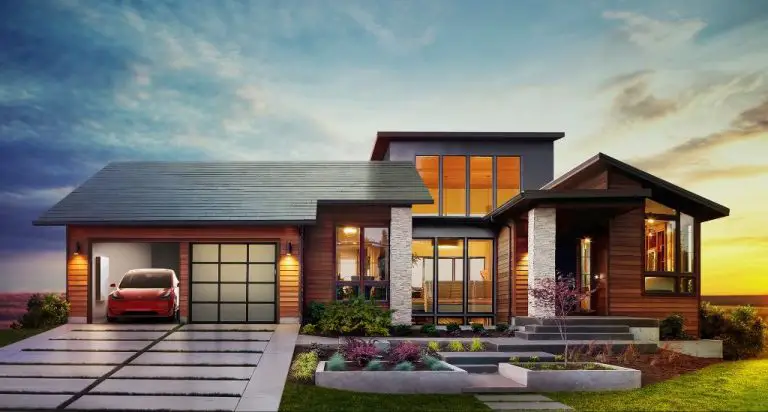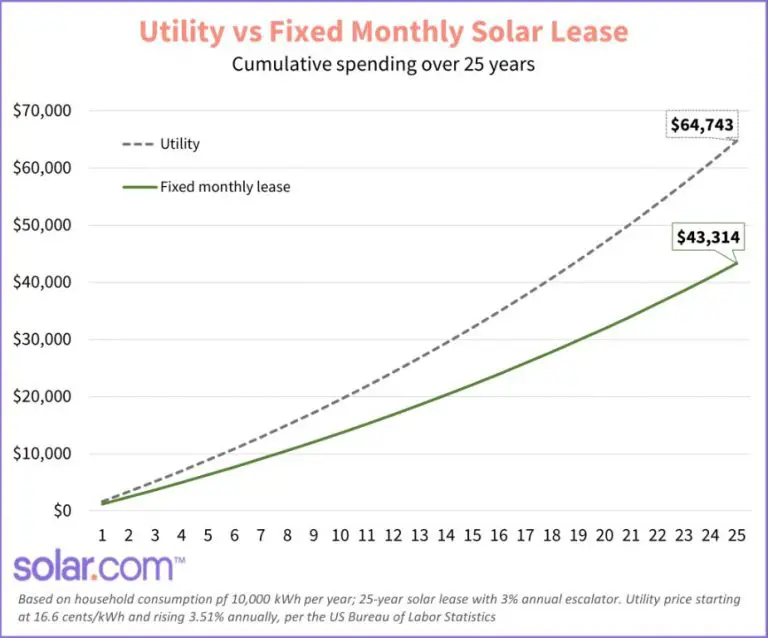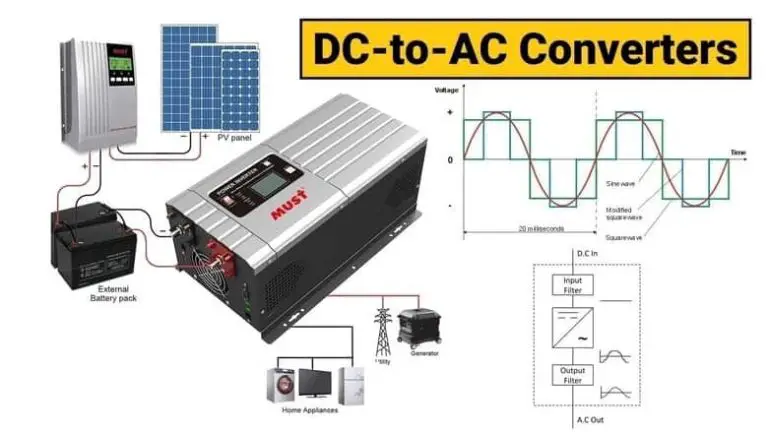Do Solar Lights Have Bulbs?
Solar lights have become an increasingly popular lighting option for outdoor spaces. Unlike traditional incandescent or CFL bulbs, solar lights utilize LED bulbs along with solar panels and batteries to provide renewable lighting. But do solar lights actually have bulbs? The short answer is yes – solar lights do contain bulbs, but they use LED bulbs rather than traditional bulbs. In this article, we will examine how solar lights work, the components involved including the LED bulb, and compare LED technology to other lighting options.
What is a Solar Light?
A solar light is a lighting system that is powered by energy from the sun. Solar lights are designed to convert sunlight into electricity during the day, store it in a battery, and then use that electricity at night to power an LED light bulb and illuminate an area. The main components of a solar light are the solar panel, battery, and LED bulb.
The solar panel is made up of photovoltaic cells that convert sunlight into electricity. This electricity charges the battery during the daytime. The battery then stores the energy and releases it gradually to power the LED bulb when it gets dark. The LED bulb is a light emitting diode that produces light efficiently while using very little energy compared to incandescent bulbs. These key components work together to allow solar lights to provide renewable lighting without being connected to an electrical grid.
Source: https://www.aitlight.com/what-are-the-main-parts-of-a-solar-light/
Solar Panel
Solar panels or photovoltaic (PV) cells are the key component in solar lights that converts sunlight into electricity. They are made up of silicon cells that have a positive and negative layer, forming an electric field. When sunlight hits the solar panel, photons from the sunlight knock electrons free from the atoms in the panel, creating a flow of electricity (Source 1). The solar panel is the “engine” of a solar light, absorbing energy from the sun and generating an electrical current to power the light (Source 2). Without the solar panel converting sunlight into electricity, the solar light would not be able to function.
Battery
The battery in a solar light stores the electricity that is generated from the solar panel. It allows the light to turn on at night when there is no sunlight to power the solar panel. Most solar lights use rechargeable batteries like nickel-cadmium (NiCd), nickel-metal hydride (NiMH), or lithium-ion (Li-ion). These batteries can be charged and discharged hundreds of times before needing replacement.Lead-acid batteries were commonly used in the past, but newer battery chemistries like lithium-ion provide longer lifetimes and better performance. The capacity of the battery, measured in milliamp-hours (mAh) or amp-hours (Ah), determines how long the light can operate per charge. Higher capacity batteries allow the lights to stay on for more hours at night, but also add cost and weight.
When choosing a solar light, it’s important to select one with a battery capacity that fits your runtime needs. The battery capacity should be matched to the solar panel size so that the battery can be fully recharged each day. Using a battery with too low capacity can cause the light to dim or shut off too quickly at night. Going with a very high capacity battery may be overkill if the solar panel can’t recharge it fully. Most solar light manufacturers size the components properly, but capacity can be checked when selecting models.
LED Bulb
Modern solar lights use LED (light emitting diode) bulbs to provide illumination. LED bulbs are very different from traditional incandescent light bulbs.
An LED bulb contains a semiconductor chip encased in a small plastic housing. When electric current passes through the semiconductor, it emits light. The color of the light depends on the materials used in the semiconductor.
LED bulbs are extremely energy efficient. They require very little electricity to operate, usually less than 1 watt. This allows them to run for many hours even on a small solar-charged battery.
They also last much longer than incandescent bulbs. The average LED bulb can provide up to 50,000 hours of light. That’s over 5 years if left on continuously. Incandescent bulbs typically burn out after 1000 hours or less.
LEDs are durable as they have no filament that can burn out like traditional light bulbs. They are resistant to vibrations and external shocks. All of these features make LED bulbs ideal for solar lights.
LED vs. Incandescent Bulbs
LED bulbs and traditional incandescent bulbs work very differently. Incandescent bulbs produce light by heating a filament wire to a high temperature until it glows. This wastes a lot of energy in the form of heat. LEDs are much more energy efficient and long lasting.
LEDs produce light by moving electrons through a semiconductor material. This generates light without producing heat as a byproduct. According to source, a 16-watt LED light can produce the same amount of light as a 100-watt incandescent bulb, using much less energy.
Incandescent bulbs only last around 1,000 hours, while LEDs can last over 50,000 hours. This dramatically reduces the need to replace bulbs frequently. LEDs also come in a wider range of colors and lighting options.
Overall, LED technology is rapidly making traditional incandescent bulbs obsolete in most applications due to the energy savings, longer lifespan, and flexibility they provide.
Advantages of Solar Lights
There are several key benefits to using solar lights:
No wiring required – One of the biggest advantages of solar lights is that no wiring is needed. Solar lights work completely wire-free, using solar energy captured during the day to power the lights at night. This makes installation easy, without the need to connect the lights to your home’s electrical system or run wires underground (Source).
Renewable energy source – Solar lights utilize the renewable power of the sun. The solar panels convert sunlight into electricity that charges the batteries. This makes solar lights a clean energy source that does not rely on the electric grid or deplete finite resources (Source).
Cost effective long-term – While solar lights have a higher upfront cost than standard wired lights, they can pay for themselves over time since you don’t have to pay for electricity to run them. There are also minimal maintenance costs. This makes solar lights a cost-effective option in the long run (Source).
Disadvantages of Solar Lights
While solar lights have many benefits, they also come with some drawbacks to consider. One of the main disadvantages of solar lights is their higher upfront cost compared to standard wired lighting options. The solar panel, battery, and LED bulb components make solar lights more expensive at the point of purchase (Source 1). While they can save money in the long run from reduced energy bills, the initial investment is higher.
Solar lights are also heavily dependent on sunlight to charge the battery and operate at night. Their performance can be impacted on cloudy days or if they are positioned in shady areas without direct sunlight exposure (Source 2). Inconsistencies in weather and sunlight availability can make their light output less reliable compared to wired lighting.
Overall, the main downsides of solar lights are their higher upfront cost and dependence on ample sunlight. These factors make them less ideal for some situations, but they can still provide an eco-friendly and cost-effective lighting solution in many outdoor use cases.
Types of Solar Lights
There are several common types of solar lights available:
Path Lights – These small lights are designed to illuminate garden paths, sidewalks, or driveways. They have a short stake or mounting spike to insert into the ground along the path. Path lights typically provide a soft, focused beam of light downward (Arka Energy, 2023).
Spotlights – Solar spotlights are brighter and focus the light in a specific direction. These are ideal for highlighting features in your landscape, such as trees, fountains, or garden statues. The solar panel is usually separate from the spotlight head and connects via a cable (Energysavings.com, 2023).
String Lights – Solar string lights feature a string of small LED bulbs. These create a decorative lighting effect and are very popular for outdoor patios, trees, and gardens. The solar panel is integrated into the string light hardware (Energy5, 2023).
Floodlights – For large areas like driveways, gardens or backyards, solar floodlights provide the brightest and widest light coverage. The floodlight contains multiple LEDs and has a large solar panel to absorb enough sunlight during the day (Arka Energy, 2023).
Some other types include solar lanterns, hanging lights, ground markers, and underwater/pool lights. Manufacturers also offer various stylistic designs such as modern, rustic, or antique appearances.
Conclusion
To recap: solar lights operate using solar panels, batteries, and LED bulbs that differentiate them from traditional incandescent lightbulbs powered by the grid. While LED bulbs allow solar lights to operate more efficiently, they still come with downsides like higher upfront costs and lower light output. Ultimately, solar lights can be a good eco-friendly lighting solution in the right contexts like outdoor spaces, but still have limitations compared to wired lights. This article provided an overview of how solar lights work with a focus on their unique bulbs, compared them to traditional bulbs, and explored their advantages and disadvantages to shed light on if solar lights have bulbs.





